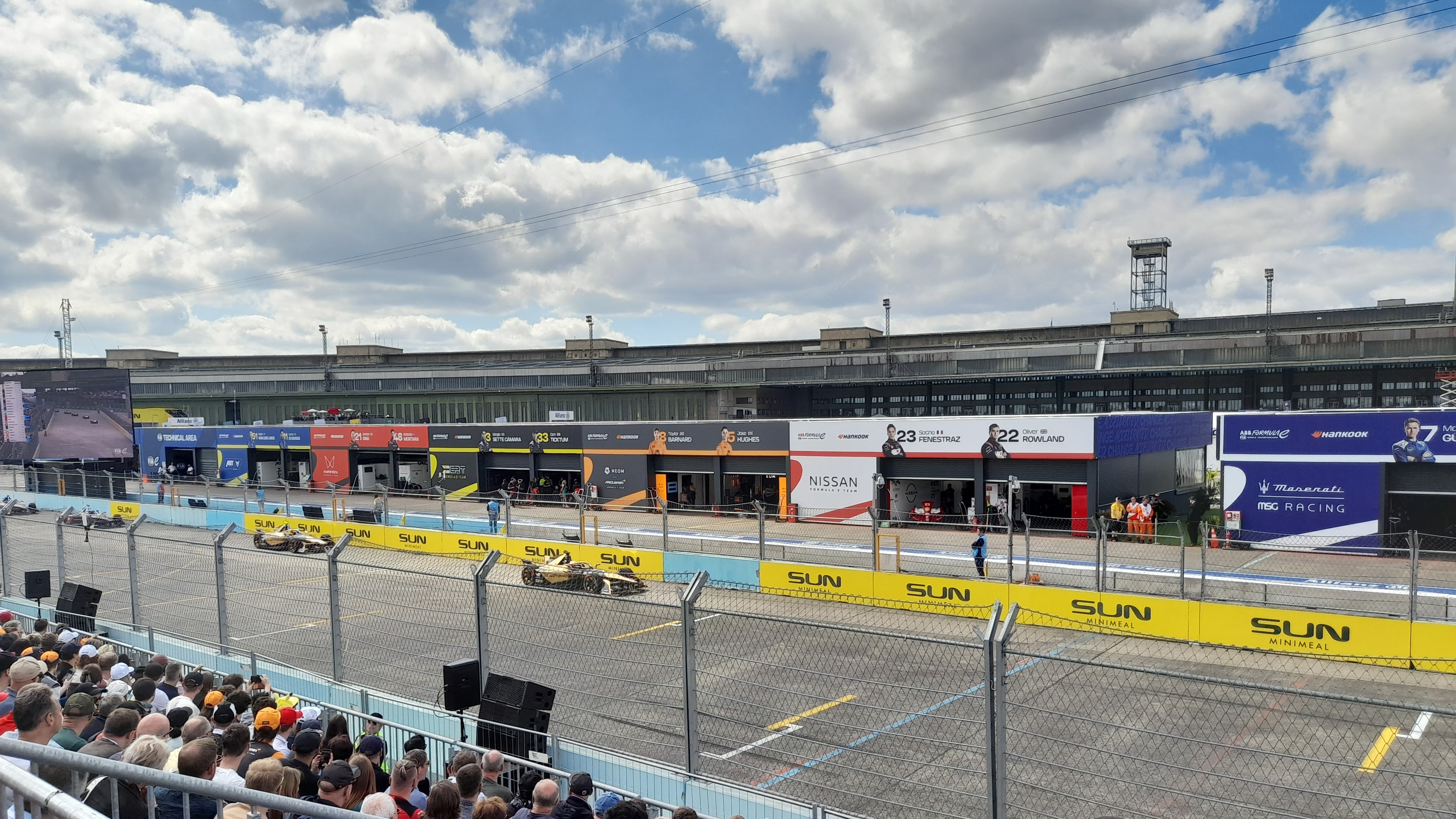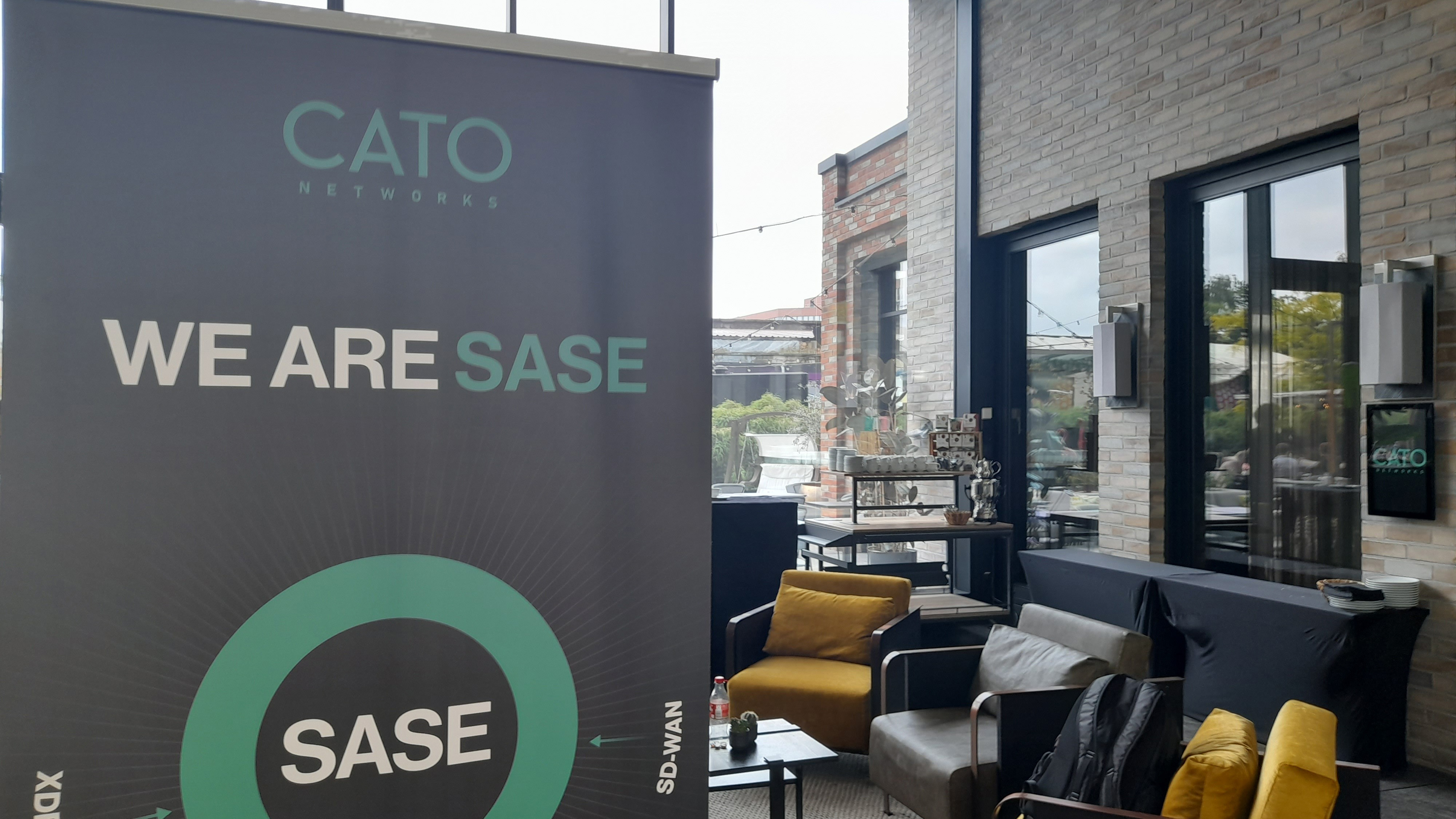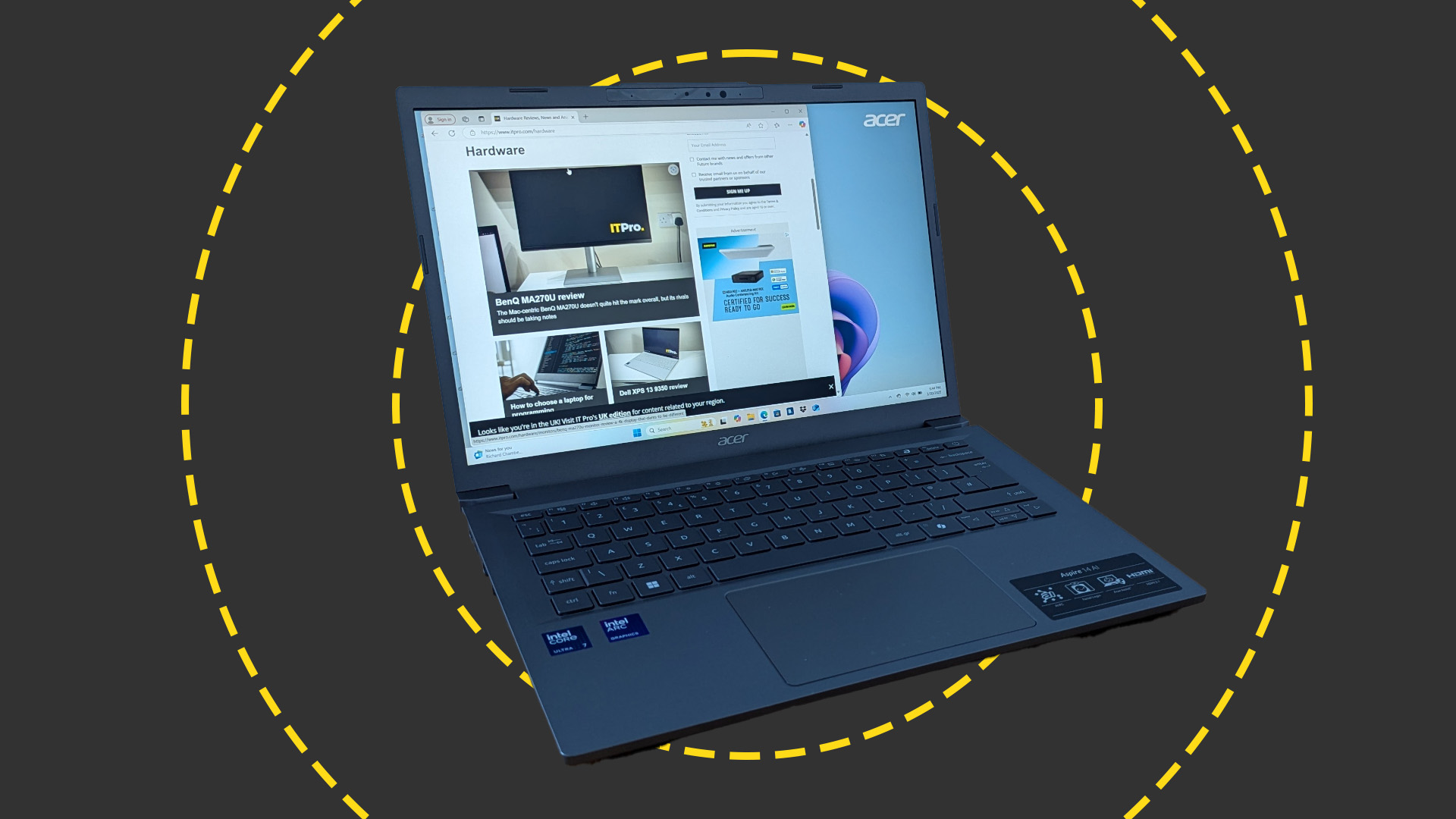How Porsche Motorsport met Formula E network demands using SASE
Partnering with Cato Networks, Porsche's E-Prix team has unlocked a wealth of secure, low-latency vehicle data


If there’s one thing the tech and motorsport industries share, it’s the desire for speed. Whether it’s how fast a car can complete a lap or data transfer rates, the pace is vital to success in these cutting-edge arenas.
Formula E, the motorsport that uses all-electric cars, exemplifies this shared mission. At the recent Berlin E-Prix, teams demonstrated how motorsports and technology partners go hand-in-hand.
One person particularly well-placed to talk about this relationship is Friedemann Kurz, head of IT at Porsche Motorsport, who found time to sit down with ITPro amid the hectic schedule of race day.
Porsche Motorsport, which entered the E-Prix in 2019, demands of its networking solution the same forward momentum it demands of its cars. Porsche needs its race vehicles to seamlessly transfer complex data streams back to its teams on the ground and departments in other regions.
As an international business, it also requires a low-latency, scalable network solution that can support teams as they move from race to race.
The benefits of SASE for challenging race environments
In its quest for the ideal E-Prix network architecture, Porsche Motorsport has partnered with networking security firm Cato Networks and adopted its secure access service edge (SASE) solution. This brings together data from its teams on the ground alongside its data centers and remote teams while protecting it via encryption.
Porsche Motorsport was keen to move away from its previous network solutions and into the world of SASE, with Kurz and his team further spurred on by the broad benefits of SASE. “That's the reason why we applied Cato in the firsthand,” Kurz says.
Get the ITPro daily newsletter
Sign up today and you will receive a free copy of our Future Focus 2025 report - the leading guidance on AI, cybersecurity and other IT challenges as per 700+ senior executives
The firm's legacy multiprotocol label switching (MPLS) system had become untenable as a networking solution in this context, as it could not keep up with the demands of Kurz’s team.
Expenses and overheads were high on the original MPLS system and while it was sufficient when the firm was racing at a smaller scale, Kurz says it quickly became unfit for purpose as demands grew. “Now we have four or five, six, racing activities in parallel going on,” Kurz adds.
SASE is a cloud-native approach that brings together facets of networking and security such as software-defined wide area network (SD-WAN) and zero trust network access (ZTNA). It allows businesses to connect to their services wherever they are while maintaining network security, allowing for the most secure and efficient transfer of data.
Relying on this cloud SASE backing, Porsche can easily scale up its networking solutions ahead of new races – all of which had been extremely difficult beforehand. Before the move to Cato, Kurz also says there were issues of centralization. Porsche’s solutions were spread out across providers and platforms, making secure network oversight extremely hard.
Porsche has embraced a wealth of value-driving data
Data is the lifeblood of motorsports, with everyone from the driver to the IT team needing quick and secure access to mission-critical information that passes from the edge to the cloud.
In a race, Kurz says, this data includes high-resolution video footage that can be used to monitor vehicle impacts on the track. Systems such as voice communication systems require fast and stable data streams demanding a prioritization of bandwidth “to make sure that voice communication is instant all the time”.

Each car also collects a huge amount of data which, though teams are unable to access in any detail live, needs to be harnessed rapidly post-race to provide the technical teams with useful information.
“We need to make sure all the data is transferred back, uploaded to the cloud, and analyzed,” Kurz says.
Through its partnership with Cato, Porsche Motorsport can ensure this data is collected securely, in large quantities, and at speed.
Formula E has imposed competition-wide bandwidth limitations on each team which restrict upload and download speeds to 50Mbits/sec. Porsche aims to make the most of its allocated allowance.
Kurz says this makes reducing packet loss and improving the efficiency of data throughput a key aim. “We need to be efficient with reducing packet loss [and] that was reduced by a factor of 10 plus,” he tells ITPro. “That was a tremendous improvement”.
“The packages are acknowledged to send out way more data and with the existing bandwidth compared to if you just like using the route optimization,” Kurz says.
“You have a way better throughput with the bandwidth you have,” he adds.
A less quantitative measure, though one Kurz stresses is just as important, is the improvement in the quality of service Porsche has achieved through its SASE transformation. For example, voice communication is transferred as a priority across the network and data intended for engineers is sent in order of importance to improve oversight throughout the race.
All these improvements also come under one roof, a far cry from Porsche’s past network solutions experiences.
“It's an improvement by applying one solution – that was pretty impressive,” Kurz says.
SASE upskilling comes recommended
While Kurz is keen to express how straightforward CATO has been to use as a platform, he also clarifies that Porsche sent staff specialists on a training certification program to upskill and provide further technical experience.
“It almost felt too good to be true,” Kurz says. “That's why we just took the experts and sent them to certify for the CATO SASE solution, to get a bit of deeper insight on what's going, how it's handled”.
While certification isn’t fully necessary where management is concerned, Kurz says this process proved valuable for the frontline technical staff to get a full picture of CATO’s capabilities.
“For deployments, it's definitely worth it to have a certificate or a deeper domain knowledge on how it works, even though it's not complicated,” Kurz says.
RELATED WHITEPAPER

Now that CATO is built into Porsche Motorsport, the firm has options for expansion with any updates or changes easily managed through the centralized platform.
As and when new technologies and mechanisms become available, they can be integrated directly into Porsche’s network solution, rather than via a drawn-out testing process.
“We have a new checkbox in our management interface and we can activate it or we can dig a bit deeper into it,” Kurz says. “We don't need to have a roadmap anymore”.
It’s clear Porsche has readied itself for upcoming innovations in the space. As it continues to overcome its data hurdles and unlock the benefits of greater data analytics, its approach to efficient and robust network security will continue to pay off.

George Fitzmaurice is a former Staff Writer at ITPro and ChannelPro, with a particular interest in AI regulation, data legislation, and market development. After graduating from the University of Oxford with a degree in English Language and Literature, he undertook an internship at the New Statesman before starting at ITPro. Outside of the office, George is both an aspiring musician and an avid reader.

